
- Collection of
- Tokyo Photographic Art Museum
- Title
- (Hand-shaped wire and oval)
- Original title
- (Hand-shaped wire and oval)
- Artist Name
- MAN RAY
- Year
- 1926
- Material / Technique
- Gelatin silver print on developing-out paper
- Dimensions
- 352x276mm
- Accession number
- 20013053
- Tokyo Photographic Art Museum “Search the Collection”
- https://collection.topmuseum.jp/Publish/detailPage/29009/
Other items of Tokyo Photographic Art Museum (40725)
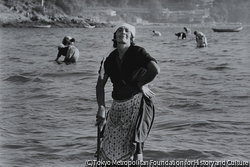
Workers 1986-1991 Fishing in Galicia, Spain, 1988
SALGADO, Sebastião
Tokyo Photographic Art Museum
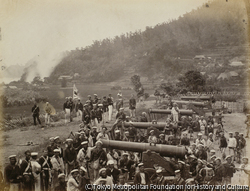
Dismounting Guns in a Battery By Captain Alexander R.W.
BEATO, Felice
Tokyo Photographic Art Museum
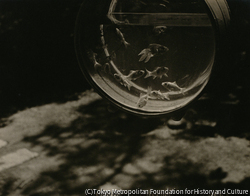
Goldfish
SAKAI Tokio
Tokyo Photographic Art Museum
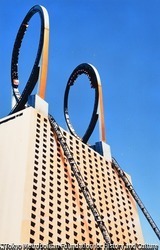
Excessive Pleasure
KIMURA Tsunehisa
Tokyo Photographic Art Museum
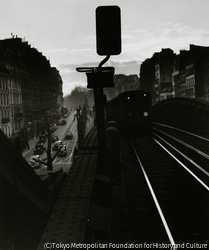
Boulevard Rochechehouart Paris
IZIS (BIDERMANAS, Israëlis)
Tokyo Photographic Art Museum
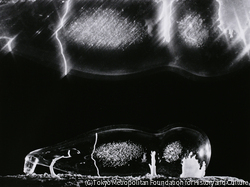
Device for Reproducing Dreams
HONJO Koro
Tokyo Photographic Art Museum
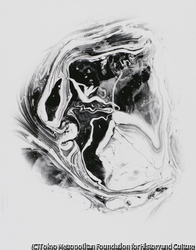
Tei - C
GOTO Keiichiro
Tokyo Photographic Art Museum
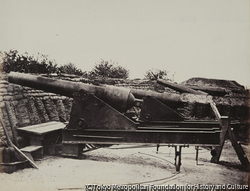
Gardner's Photographic Sketch Book of the War vol.1 Incidents of the War, Battery No.1, Near Yorktown, VA
WOOD, John Wood & GIBSON, James F.
Tokyo Photographic Art Museum
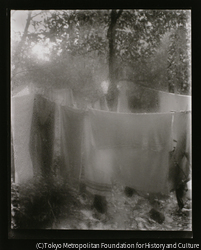
The Window of My Studio
SUDEK, Josef
Tokyo Photographic Art Museum
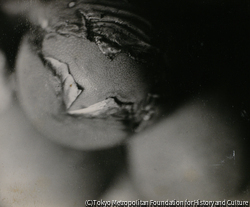
(Spherical Close-up)
TAJIMA Tsugio
Tokyo Photographic Art Museum
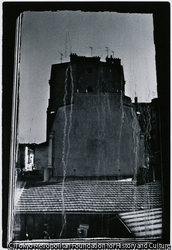
Fenêtre
TAHARA Keiichi
Tokyo Photographic Art Museum

We, the Earth People Free from worldly cares
MIWA Kokyu
Tokyo Photographic Art Museum
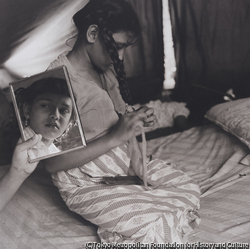
Indian Circus Acrobat Jayanti and Sunita Preparing for a Show
MARK, Mary Ellen
Tokyo Photographic Art Museum

Shadow Thief Tower of Regeneration
TAKEYA Izuru
Tokyo Photographic Art Museum

HITACHI Worker operating drill
SMITH, W. Eugene
Tokyo Photographic Art Museum
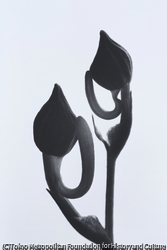
At Corner of Nature White Egret Flower
TAMURA Sakae
Tokyo Photographic Art Museum

